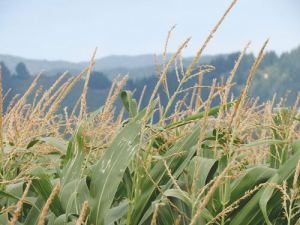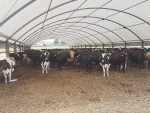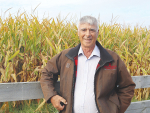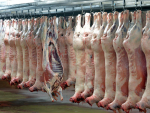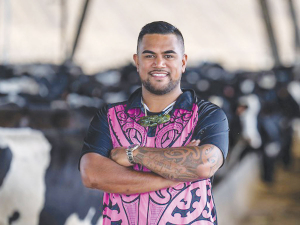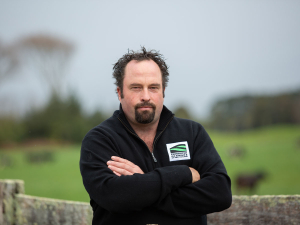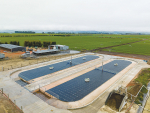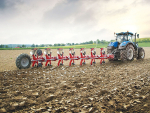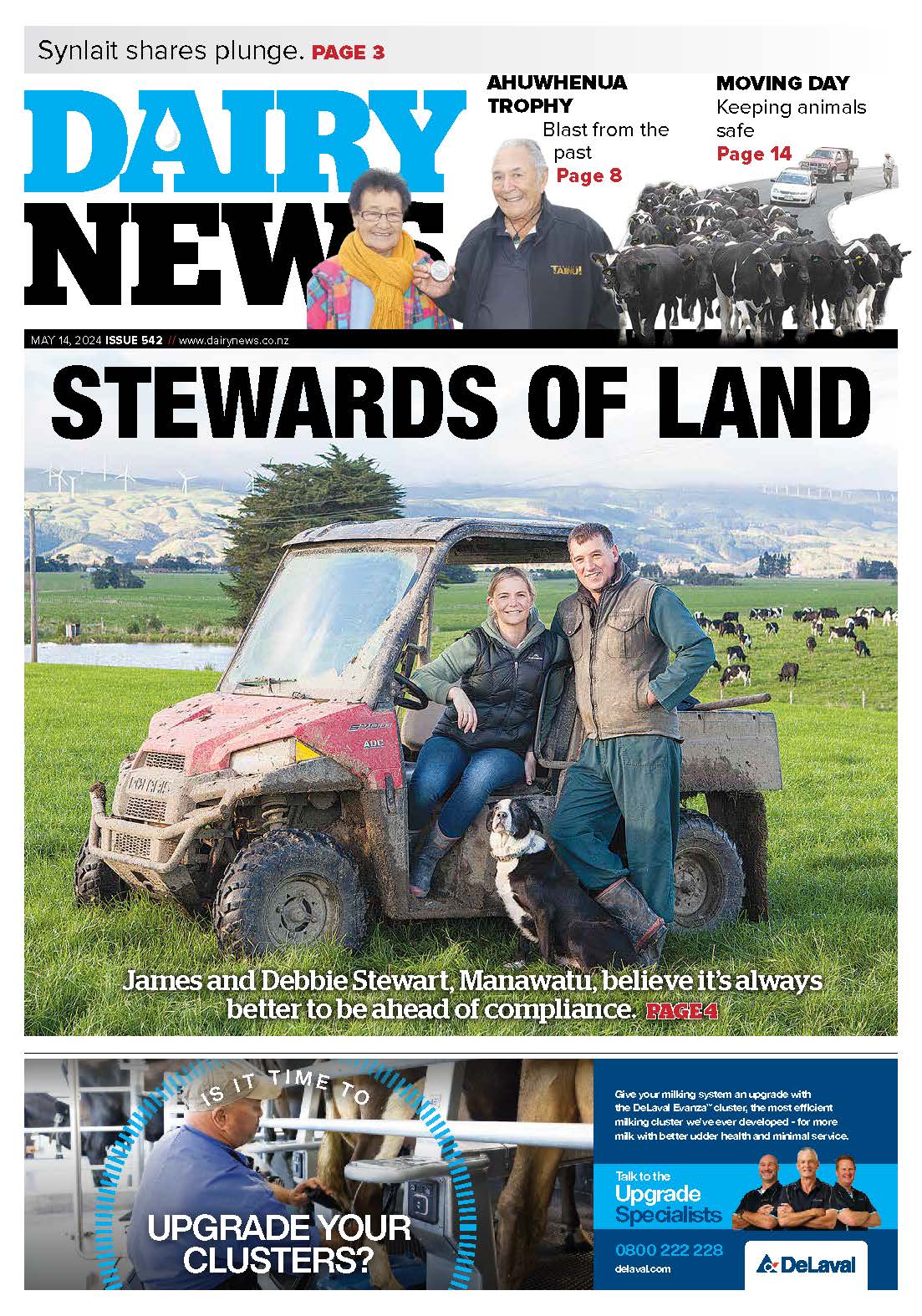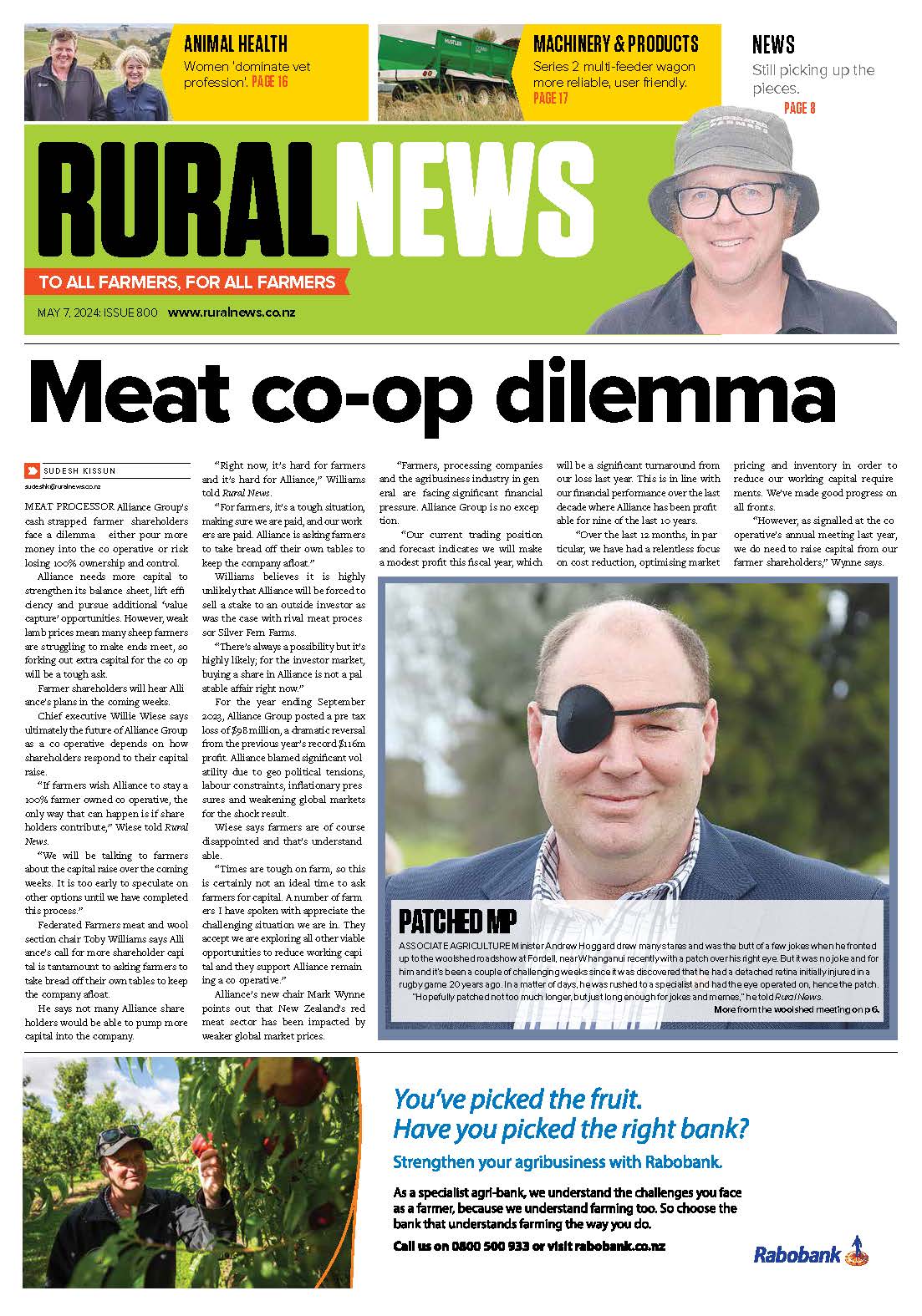Maize silage is a good fit with New Zealand systems because the rumen is a microbial environment, full of bacteria, fungi and protozoa which eventually help to produce milk or weight gain.
High protein levels in many forages fed in NZ must be balanced by energy and, more accurately, specific types of energy to increase utilisation of the protein and optimise performance. Maize silage can offer high levels of home grown starch which when fed accurately can boost production and help profitability.
As we begin to enter the maize harvest season, attention to detail is required to ensure farmers not only harvest, but hold onto the benefits a crop like maize silage can bring.
This season has been a perfect reminder of how changeable NZ weather can be, and that it can present a big challenge to achieving perfect harvesting conditions, particularly for maize silage which has a short harvesting window. Having a plan pre-harvest can help to minimise disruption and achieve the best possible outcome.
There are several different requirements for the perfect maize crop, depending on whether you’re the farmer, contractor, nutritionist or consultant. The result must be that the farmer has access to the highest quality feed that suits their system requirements. Ensuring every member of the team has a specific responsibility can help cut out any ‘what ifs’ post-harvest.
Farm requirement is the first question to be answered, knowing that can help to apply responsibilities during the harvest. For example, when will the maize be fed out? If it’s for early-lactation cows then it may be important to maximise starch content, requiring a more mature crop at harvest. Alternatively, the crop may be destined for a beef unit, or a higher feed-rate dairy unit where a longer chop may be a pre-requisite for improved rumen function.
- Individual circumstances will have an influence on the final decision, so it’s worth considering the following key points to establish a plan, and to understand who has responsibility
- Pre-harvest dry matter check: helps to determine harvest date
- Supervising chopping: who makes the changes based on the following measurements
- Measuring daily dry matter: can affect packing quality and starch digestibility
- Check chop length: longer chop may be more difficult to pack but may be needed by the cow
- Measure and record particle size distribution with Penn State separator.
- Monitor kernel processing: if changes are needed, report back to chopper driver
- Apply a proven high quality inoculant, to encourage faster fermentation and/or to minimise heating losses during feeding out.
- Supervise packing of the stack
- Measure stack compaction
- Take sample for lab analyses
- Supervise fast and effective sealing of the stack post-harvest including using an oxygen barrier sheet.
Of course, the leading question each season is, what is the right harvest time?
High forage quality drives intake and, in turn, this drives production. Not even the best nutritionists can make cows maximize their milk production if they are working with poor quality forages.
Maize silage should be harvested when the whole plant is at about 35 % DM. Depending on the conditions, corn plants will dry at a rate of about 0.5% day, or even faster in dry and hot weather. Based on your acreage and equipment there might be a need to start harvesting at a lower DM, and you may end at a higher DM, but the key is to avoid the extremes.
Harvesting maize silage that has a DM of less than 28-30% will result in excessive fermentation likely to produce high concentrations of total silage acids and result in excessive seepage losses. Specifically, these wet silages are often characterised by high concentrations of acetic and butyric acid produced from ‘wild’ fermentations.
Feeding large quantities of wet maize silages tends to lead to a reduction in DM intake because of the high acid content.
• Adam Clay is ruminant and forage product manager, Nutritech International Limited.





